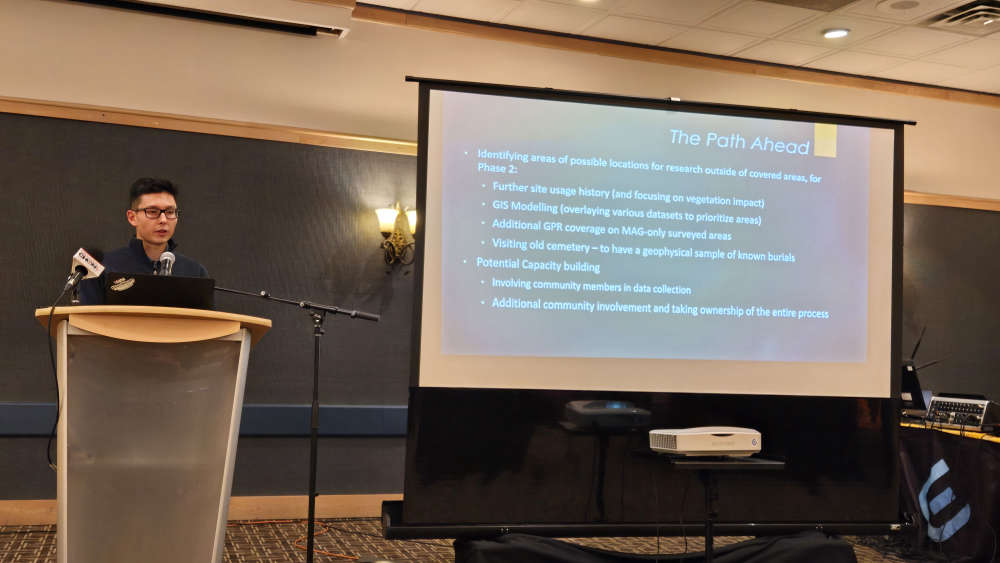
Representatives from KnowHistory, GeoScan, National Centre for Truth and Reconiliation, and Yukon First Nations share knowledge and supports.
The Yukon Residential School Missing Children Project is meeting for its Healing Today for Tomorrow conference in Whitehorse, this week.
Tuesday’s agenda had remarks from Yukon First Nations leaders, including Ta'an Kwäch’än Council Chief Amanda Leas, Kwanlin Dün First Nation Chief Sean Smith, Vuntut Gwitchin First Nation Chief Pauline Frost, Council of Yukon First Nations Grand Chief Peter Johnston, and project chair Judy Gingell. Commissioner of the Yukon and former project chair Adeline Webber delivered the keynote address before lunch.
In the afternoon, Jack Goozee from GeoScan gave a presentation on how his geophysics team uses ground-penetrating radar to perform ground searches at residential schools, including Chooutla Residential School in Carcross, and more recently, Yukon Hall and Coudert Hall in Whitehorse. The results from the Whitehorse ground search are not yet available, but the results from Chooutla remain unchanged since September: 15 anomalies that GeoScan calls “potential” grave sites.
Goozee made clear in his presentation that the only way to confirm whether potential grave sites contain human remains is through excavation; which is very invasive. However, another form of science may be available to contribute to the investigations.
Micaela Champagne, a Cree and Métis archaeologist with full-service residential school researchers askîhk (ah-SKEEK) Research Services, a, gave a presentation on soil spectroscopy, and how it identifies adipose, or fatty acids and salts, in soil to determine whether human remains had been present in the soil.
Champagne acknowledged that, much like ground-penetrating radar, LiDAR, and every other tool being used for ground searches, soil spectroscopy is NOT perfect, and the only way to confirm suspicions about human remains is to excavate the area.
To date, not a single First Nation in Canada has chosen to excavate sites near former residential schools.
KnowHistory Director of Digital History Tom Van Dewark closed the first day of the conference with a presentation discussing his team’s work in identifying students and student deaths at residential schools in the Yukon. Van Dewark says that work is ongoing for Chooutla Residential School, and has only just begun for facilities in Whitehorse. So far, just over 1400 students have been identified at three schools in the capital. Van Dewark acknowledged that this number is low, but expects to continue to identify students as the work carries on.
The National Centre for Truth and Reconciliation delivered a presentation on Wednesday Morning, discussing the process and importance of statement gathering. Senior Archivist Jesse Boiteau said that across three categories, NCTR is safeguarding 4 million records, with over 20 million expected to come in from Crown-Indigenous Relations and Northern Affairs Canada and other sources.
Boiteau clarified that the data and statements provided by survivors, communities, and First Nations still belong to them, and are merely safeguarded by NCTR.
The Yukon Residential School Missing Children Project’s conference ended Wednesday afternoon.


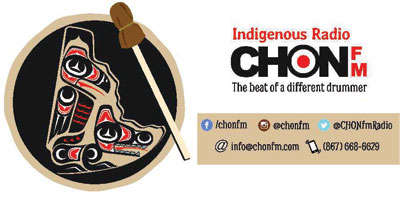
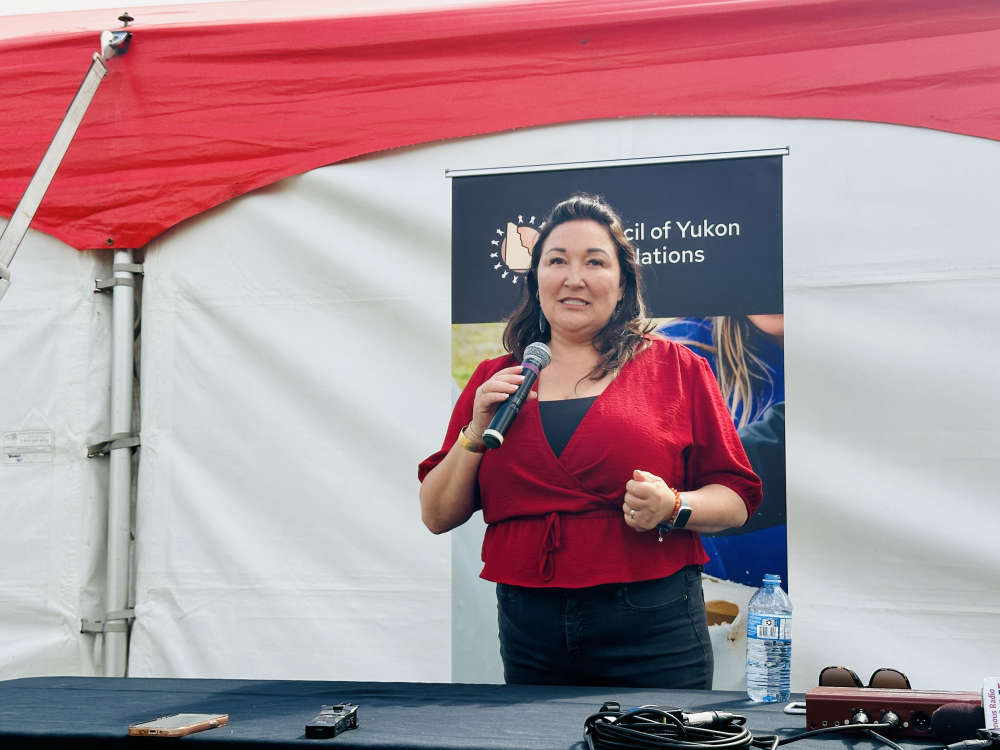 Math'ieya Alatini elected CYFN Grand Chief
Math'ieya Alatini elected CYFN Grand Chief
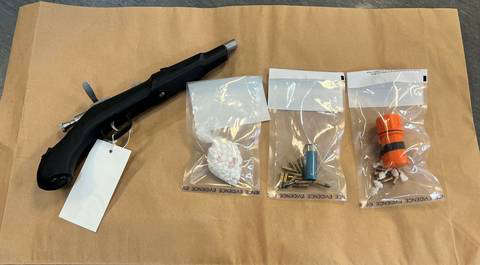 Watson Lake man charged in firearm robbery
Watson Lake man charged in firearm robbery
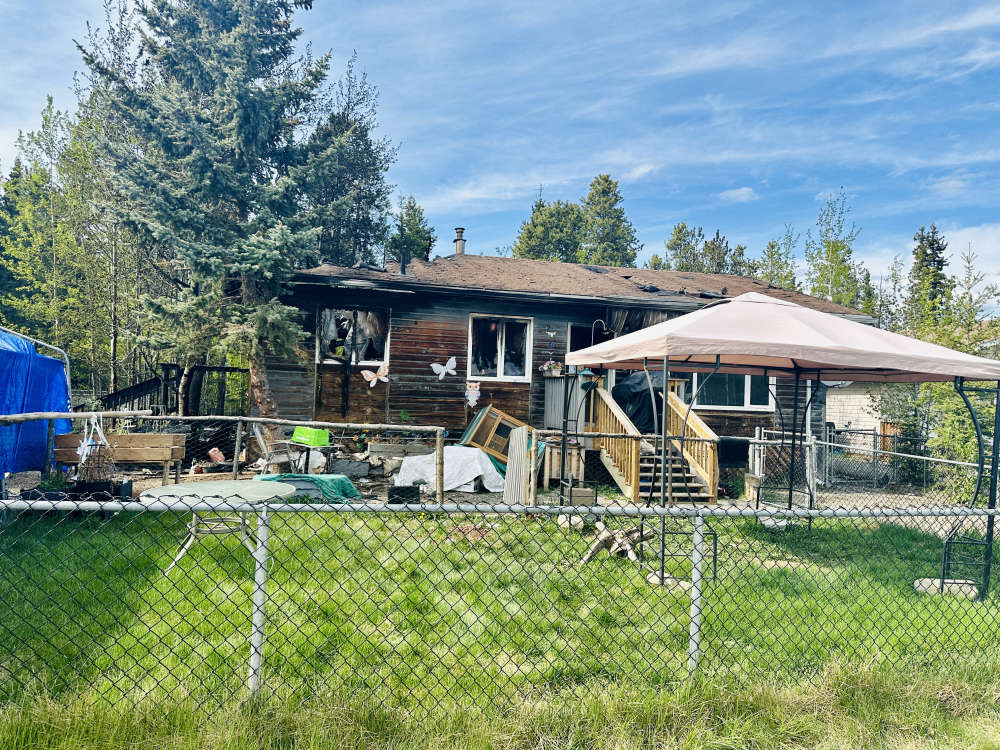 House fire in McIntyre contained
House fire in McIntyre contained
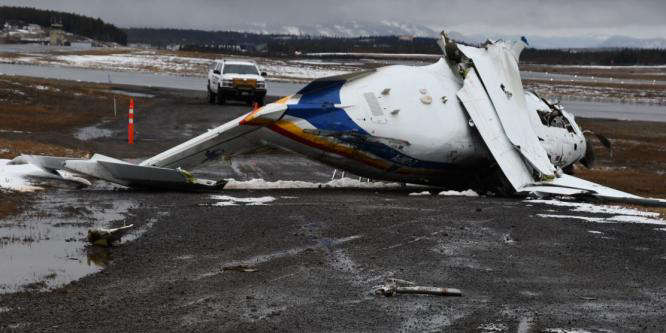 RCMP plane crash caused by faulty sensor: TSB report
RCMP plane crash caused by faulty sensor: TSB report
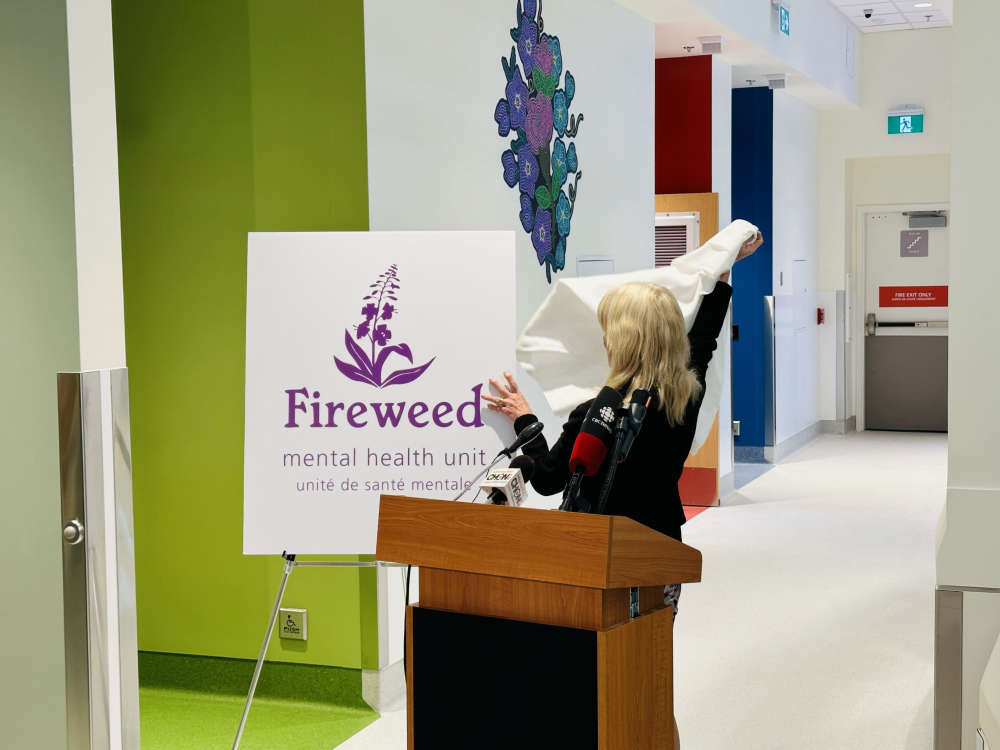 New Fireweed Mental Health unit opens at Whitehorse General Hospital
New Fireweed Mental Health unit opens at Whitehorse General Hospital
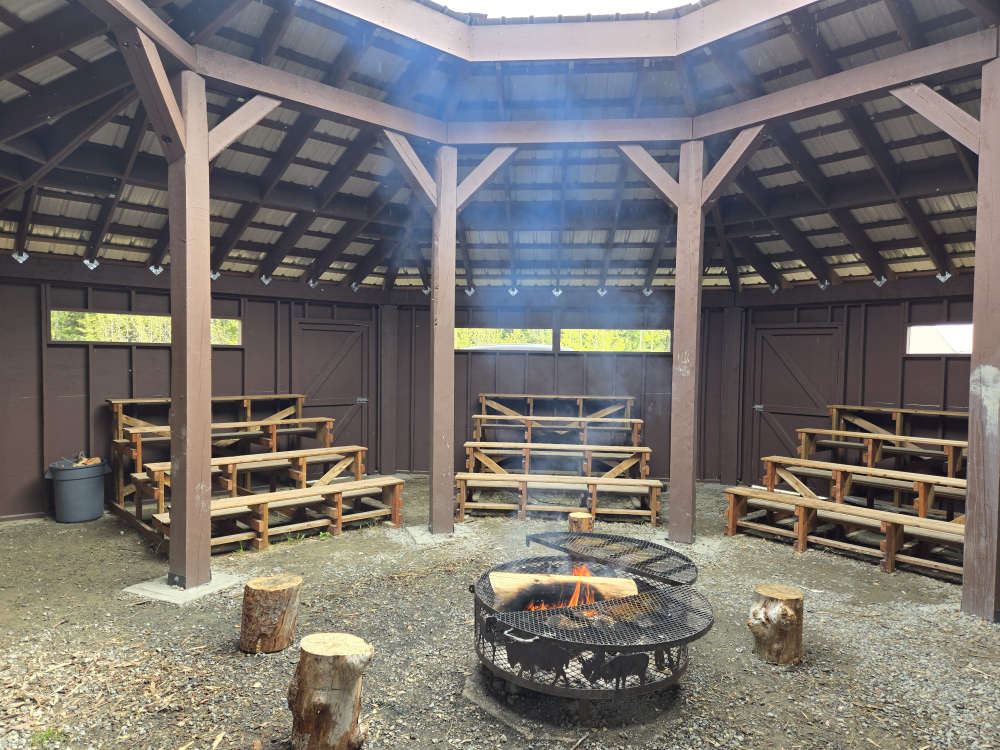 Traditional learning camp opens at Whitehorse school
Traditional learning camp opens at Whitehorse school
 Yukon Schools introduce online registration for bus service
Yukon Schools introduce online registration for bus service
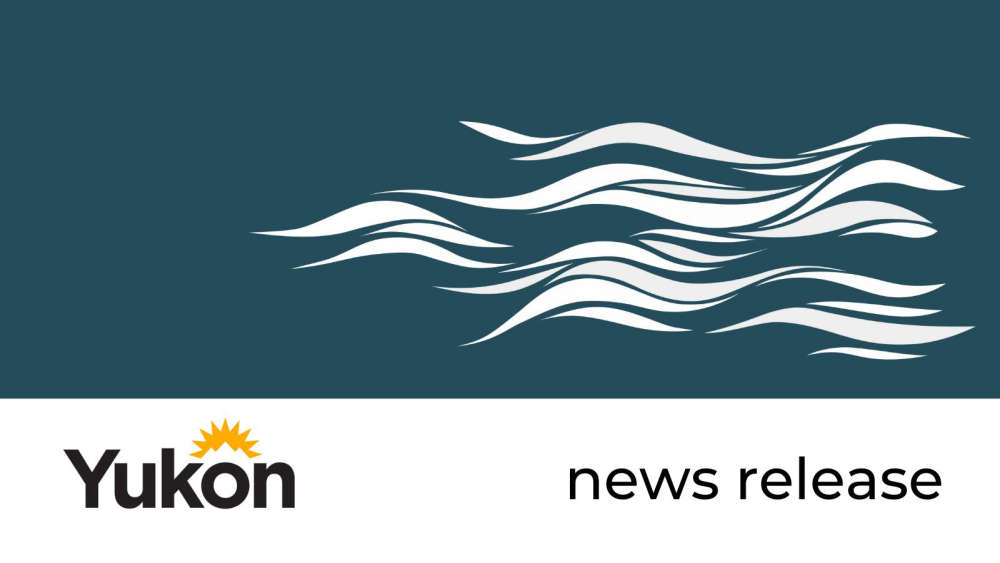 Yukon Government unveils progress in healthcare transformation with 2024 Putting People First annual report
Yukon Government unveils progress in healthcare transformation with 2024 Putting People First annual report
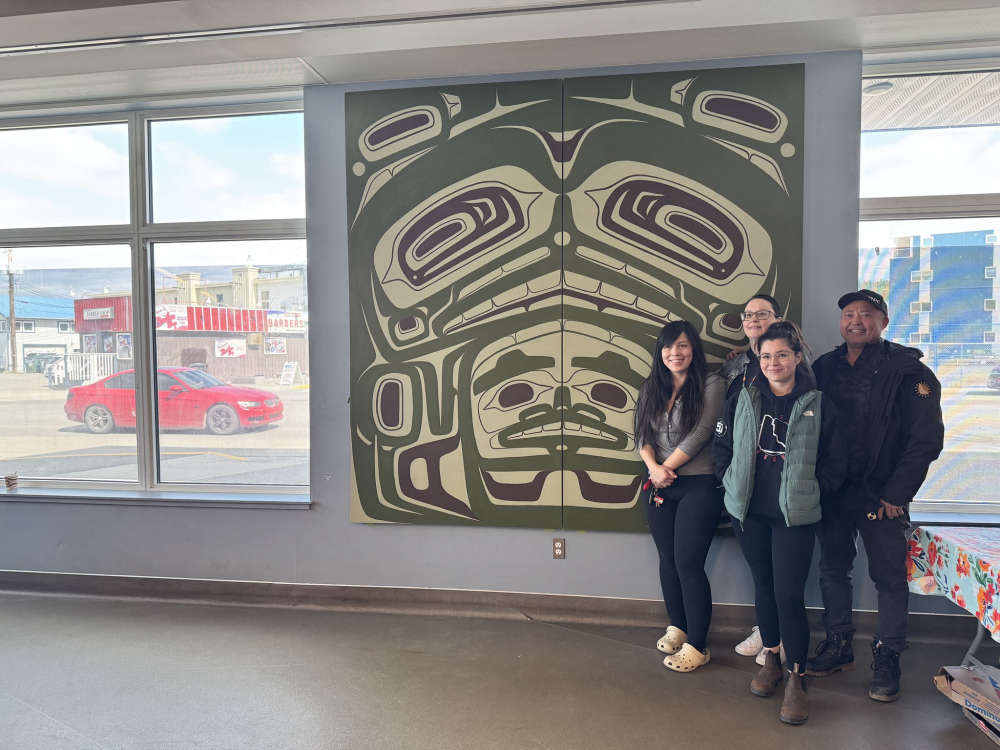 Whitehorse Emergency Shelter unveils New Artwork celebrating Yukon First Nations culture
Whitehorse Emergency Shelter unveils New Artwork celebrating Yukon First Nations culture
 Former Whitehorse City Councillor Ted Laking announces bid for Yukon Party nomination in Porter Creek Centre
Former Whitehorse City Councillor Ted Laking announces bid for Yukon Party nomination in Porter Creek Centre
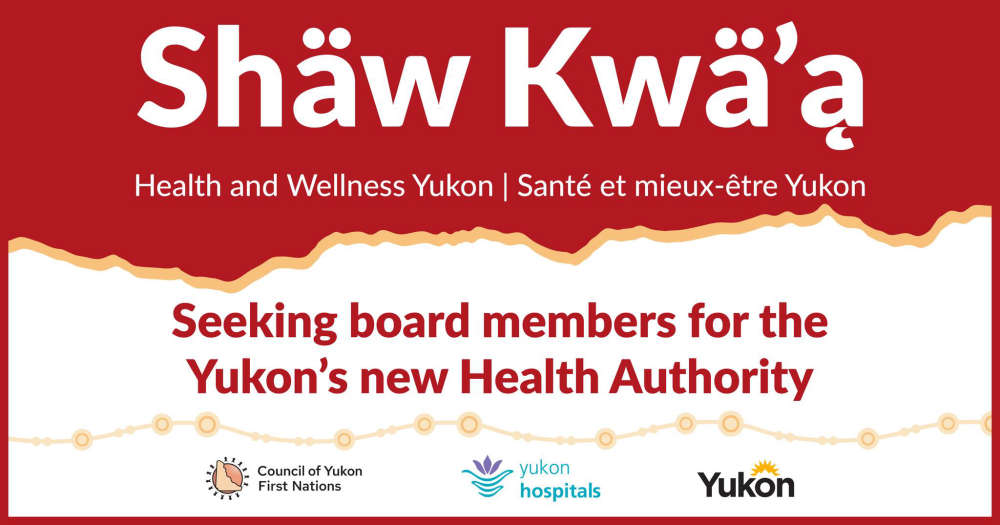 Yukon Government seeks applicants for new Health Authority Board
Yukon Government seeks applicants for new Health Authority Board
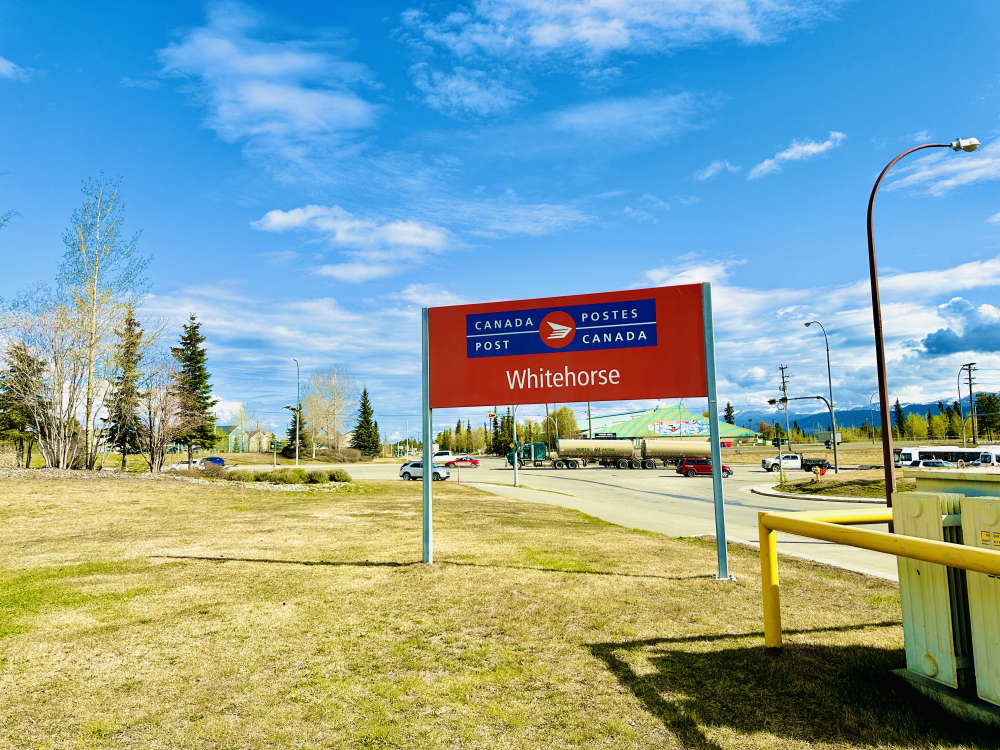 Canada Post strike looms, Yukoners brace for disruption
Canada Post strike looms, Yukoners brace for disruption
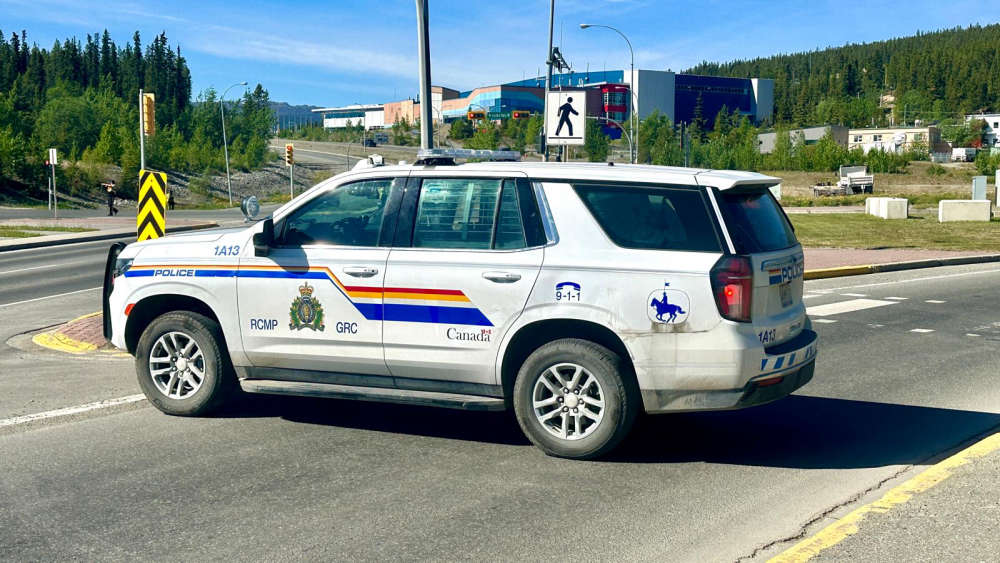 Driver charged in fatal collision that killed Yukon Government Deputy Minister and injured Minister
Driver charged in fatal collision that killed Yukon Government Deputy Minister and injured Minister
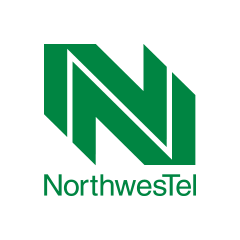 Yukoners encouraged to apply for Northwestel's Northern Futures Scholarship Program
Yukoners encouraged to apply for Northwestel's Northern Futures Scholarship Program
 City of Whitehorse summer transportation maintenance work underway
City of Whitehorse summer transportation maintenance work underway
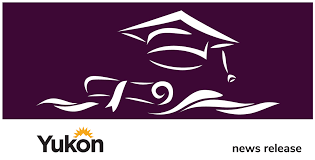 Yukon Government seeks input on new downtown public school
Yukon Government seeks input on new downtown public school
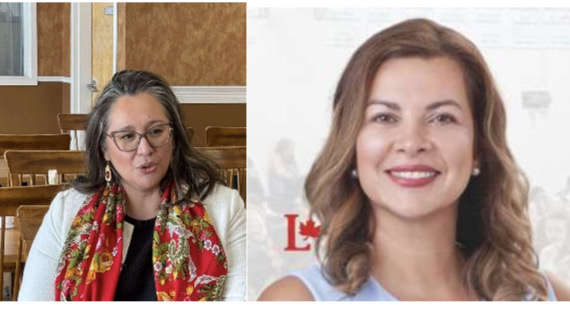 Indigenous leadership takes centre stage: Rebecca Chartrand and Mandy Gull-Masty appointed to key cabinet roles
Indigenous leadership takes centre stage: Rebecca Chartrand and Mandy Gull-Masty appointed to key cabinet roles
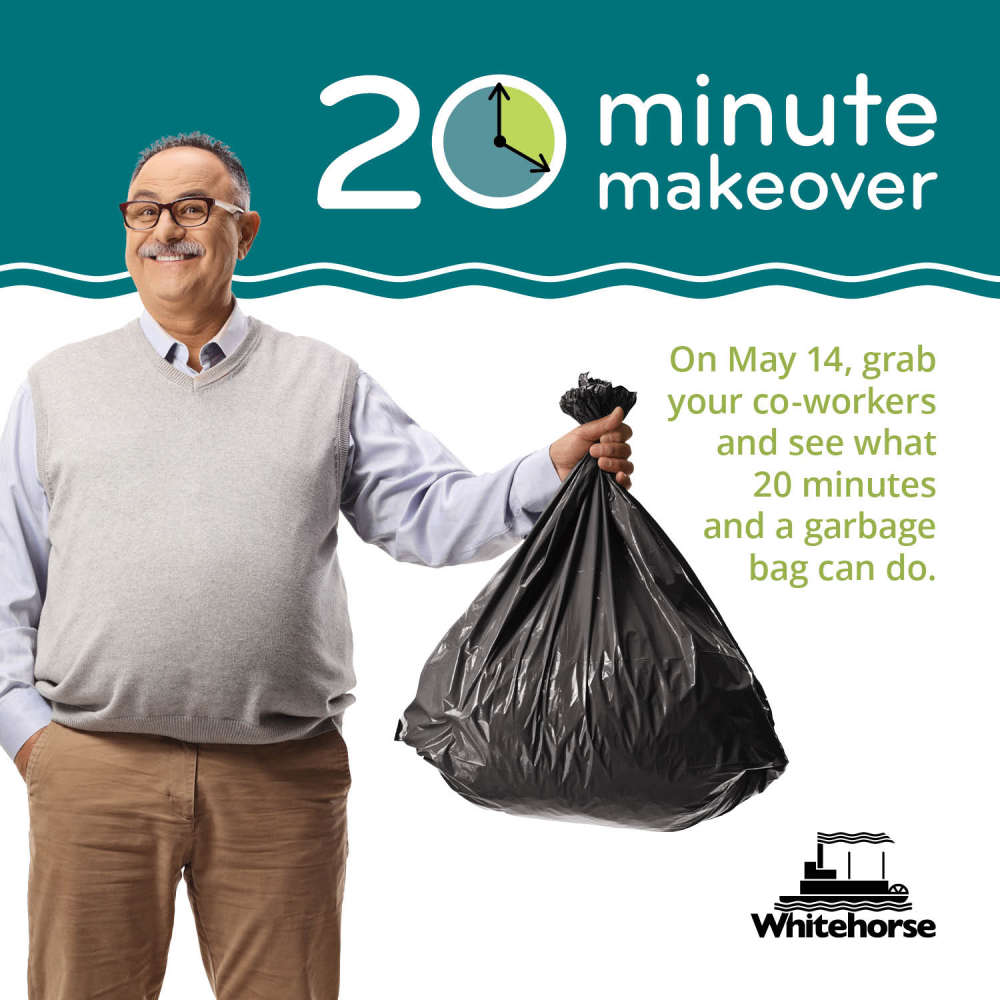 Whitehorse prepares for Annual 20-Minute makeover
Whitehorse prepares for Annual 20-Minute makeover
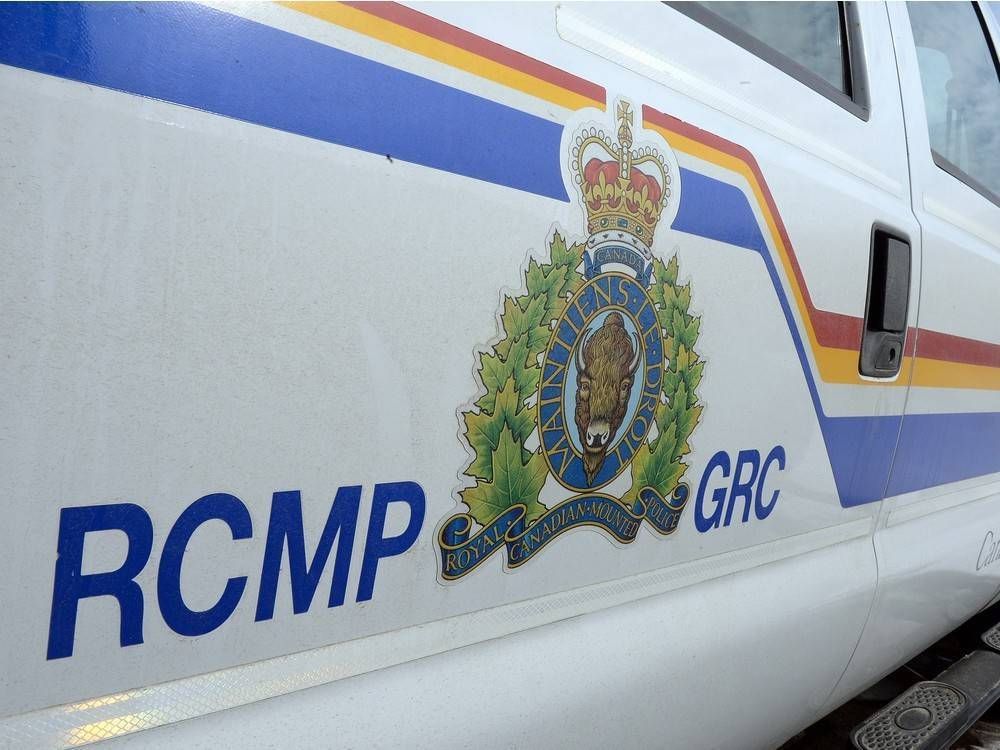 RCMP conducting training exercises on Schwatka Lake
RCMP conducting training exercises on Schwatka Lake
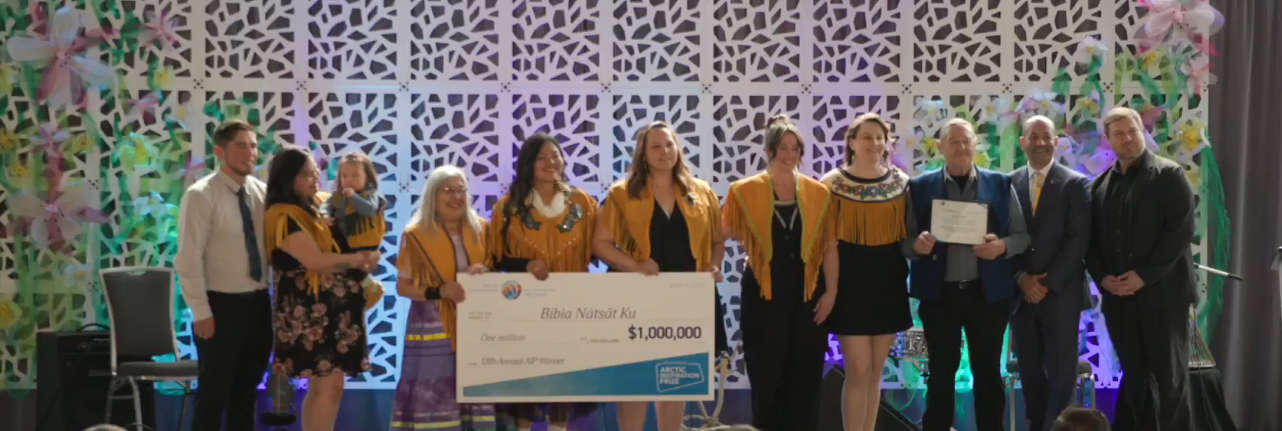 CYFN makes history as winner of prestigious Arctic Inspiration Prize
CYFN makes history as winner of prestigious Arctic Inspiration Prize